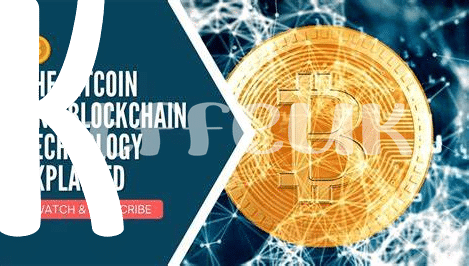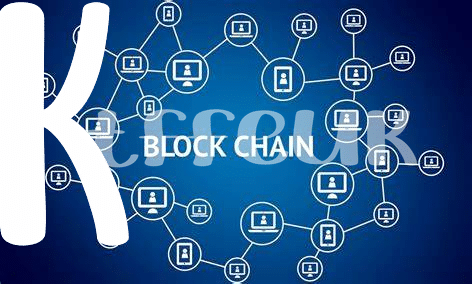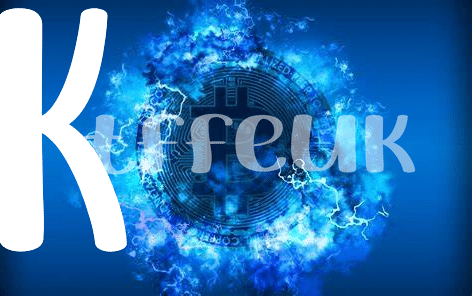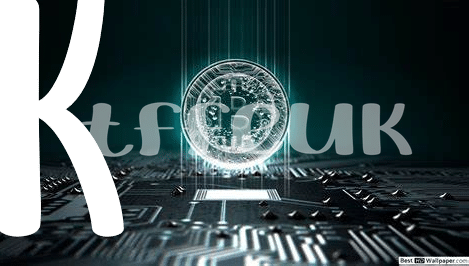🌍 Voting Systems Revolutionized with Blockchain Security

Imagine a world where casting your vote is as easy and secure as sending a message from your phone. That’s the promise blockchain technology brings to voting systems. By creating a secure, unchangeable record of each vote, blockchain can help eliminate common concerns like fraud and manipulation, making the process transparent and trustable. This innovation not only streamlines the voting procedure but also opens up the possibility for remote participation, breaking down barriers to voter turnout. As we move forward, the blend of technology and civic duty could see more people participating in their democracies with confidence. The potential for blockchain in transforming how we vote is immense, ensuring that every voice is heard clearly and without interference.
Here’s a quick glance at how blockchain can change the voting landscape:
| 🔐 Security | Ensures votes are tamper-proof |
| 🌐 Accessibility | Makes voting accessible from anywhere |
| 📊 Transparency & Trust | Allows for verifiable vote tallies |
🎵 Unleashing Creativity: Blockchain in the Music Industry
Imagine musicians sharing their tunes directly with fans, getting fair pay every time their song plays. That’s the new tune in the industry, thanks to blockchain. This technology lets artists register their work digitally, making it easy to prove who created what and when. This way, every play, every share, can be tracked, and artists get their fair share. Plus, fans can support their favorite musicians directly, no middlemen.
But there’s more. For folks keen on diving deeper into the tech behind secure transactions, like those in the music biz, a cool resource is lurking. Check out this interesting read on how the lightning network is changing the game for Bitcoin transactions https://wikicrypto.news/top-5-bitcoin-hardware-wallets-reviewed-for-2023. It’s a peek into the future where tech not only changes how we listen to tunes but also how we manage and secure our digital footprints.
📜 Making Contracts Smarter with Blockchain Technology

Imagine a world where the hassle of signing contracts, waiting for approvals, and fearing breaches becomes a thing of the past. That’s the promise that this innovative technology brings to the table. By decentralizing the process, it molds agreements into unbreakable digital formats. These aren’t just any contracts; they’re smarter, faster, and much more reliable. Think of it as having an iron-clad guarantee that whatever you agree on, stays exactly as it is, safe from tampering or loss. This marks a significant leap forward, especially in fields where trust and reliability are paramount.
Moreover, this isn’t just about making agreements secure. It’s about making them smarter. Imagine setting terms that, once met, automatically trigger the next step of the agreement without any human intervention. 🌟 It means funds could be released, services rendered, or even ownership transferred auto-magically when conditions are met. This approach isn’t just futuristic; it’s transforming how we think about and execute contractual obligations today, making every step transparent, traceable, and, most importantly, trustworthy. 🛡️🔒
🖼️ Authentic Art: Ensuring Originality through Blockchain

Imagine stepping into a world where every piece of art hanging on a wall or showcased in a gallery comes with a story as unique as its brushstrokes, a story that’s verifiable and transparent. This is where the magic of blockchain steps in. By embedding the history and the authenticity of an artwork into a secure, unchangeable digital ledger, blockchain technology is making every creator’s and collector’s dream a reality. It ensures that when you buy a piece, its history, from creation to the various hands it passed through, is crystal clear. This not only protects artists and buyers from forgeries but also preserves the integrity of the art market.
In a similar vein, in the digital realm, understanding new concepts can sometimes feel as complex as decrypting the true meaning behind a modern abstract painting. For those interested in further exploring innovative blockchain applications, especially within the cryptocurrency space, the concept of the bitcoin lightning network explained serves as an enlightening starting point. This advancement aims at making transactions faster and cheaper, paralleling how blockchain aims to streamline and secure the art world. In doing so, blockchain technology is not just ensuring the originality of art but is also making it accessible and transparent for everyone, bridging the gap between the enigmatic allure of art and the technological marvel that is blockchain.
🩺 Transforming Healthcare with Blockchain Data Management
The digital world is constantly evolving, and with it, the way we manage and share important information. Imagine a future where every time you visit a doctor, your medical records are instantly and securely shared across a network that only specific, authorized individuals can access. This is not a distant dream but a near reality thanks to blockchain technology. No longer just the backbone of cryptocurrencies, blockchain is stepping into the healthcare sector, promising to make our medical data more secure, private, and accessible. By creating a tamper-proof ledger for health records, patients and healthcare providers can ensure data integrity while significantly reducing the risk of fraud or data breaches.
| Benefits | Description |
|---|---|
| Enhanced Security | Blockchain creates a secure and immutable record, reducing the chance of data breaches. |
| Improved Access | Patients can easily grant access to their health records, simplifying healthcare coordination. |
| Data Integrity | Once information is entered into the blockchain, it cannot be altered, ensuring the accuracy of medical records. |
The rise of blockchain in healthcare could redefine how we think about medical data sharing and storage. With the ability to maintain a clear and unchangeable history of patient data, healthcare professionals can make more informed decisions, leading to better patient outcomes. Additionally, this shift could pave the way for a new era of medical research, where secure and anonymous data sharing accelerates breakthroughs. In the end, blockchain is not just transforming healthcare data management; it’s revolutionizing the way we view trust and transparency in the medical field.
🌱 Blockchain: a Green Energy Game Changer

Imagine a world where the energy you use to turn on your lights or charge your car helps to heal the planet instead of harming it. That’s the promise blockchain technology holds for the green energy sector. By fostering renewable energy trades on a secure, decentralized platform, blockchain enables households and companies to buy, sell, or exchange green energy more efficiently and transparently. 🌞🔋 It’s creating a new energy marketplace that’s not only beneficial to our wallets but crucial for our environment. Imagine, for example, having solar panels on your roof and being able to easily sell any excess energy directly to your neighbors without a middleman. This not just incentivizes more people to invest in renewable resources but also ensures that clean energy becomes more accessible and widespread. Even better, combining blockchain with smart contracts automates these transactions, ensuring they are fast, secure, and without unnecessary fees. In essence, blockchain is not just reforming the energy market; it’s leading us towards a more sustainable and eco-friendly lifestyle. For those curious about the secure transaction side of blockchain technology, particularly in the realm of cryptocurrency, understanding the tools that protect these transactions is crucial. A deep dive into bitcoin and the dark web explained unveils the mechanisms like bitcoin hardware wallets that safeguard digital currencies, ensuring they are not only a secure form of investment but also an integral part of the movement towards a more sustainable and transparent global economy.
